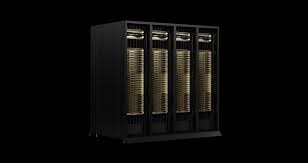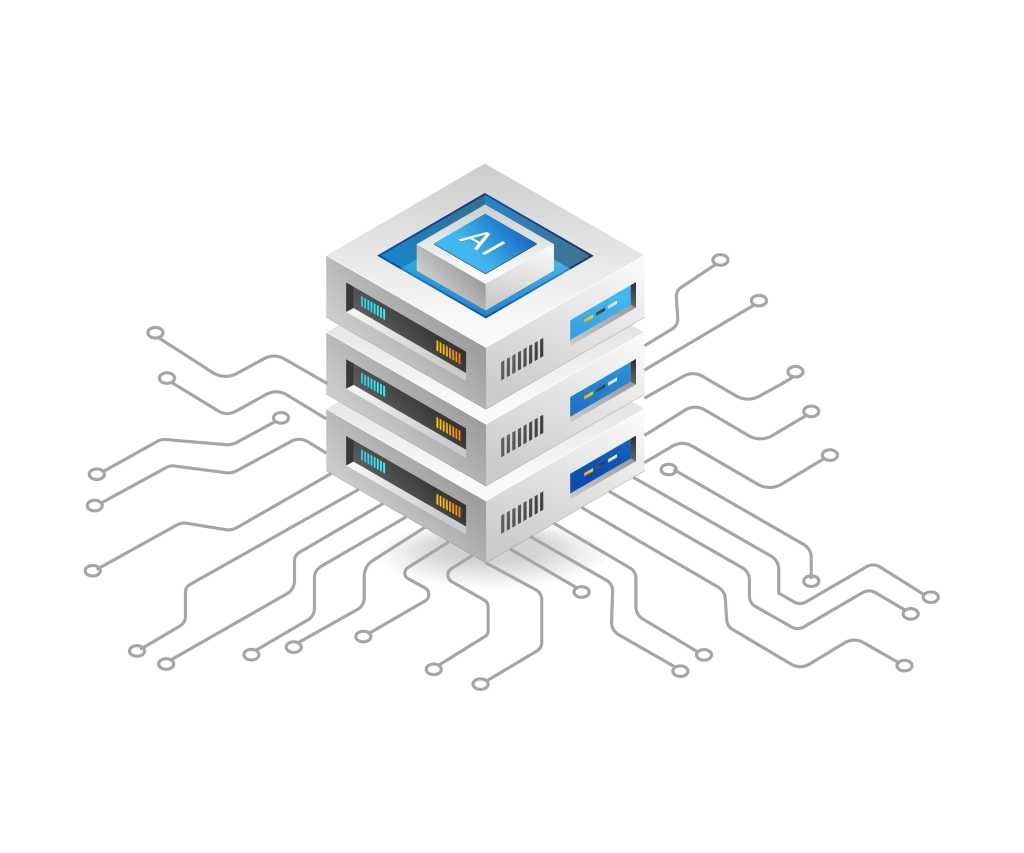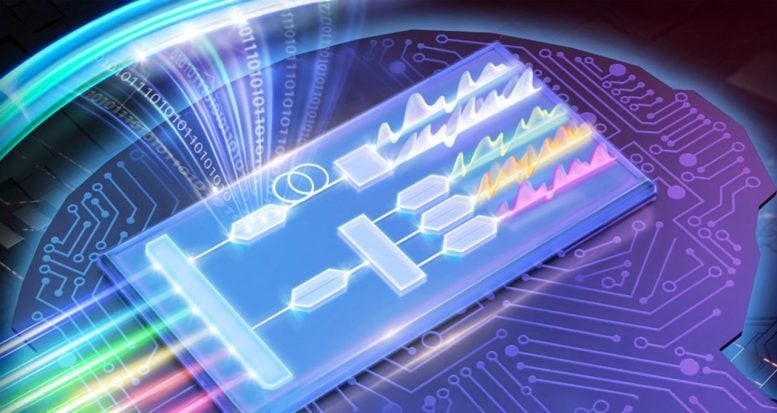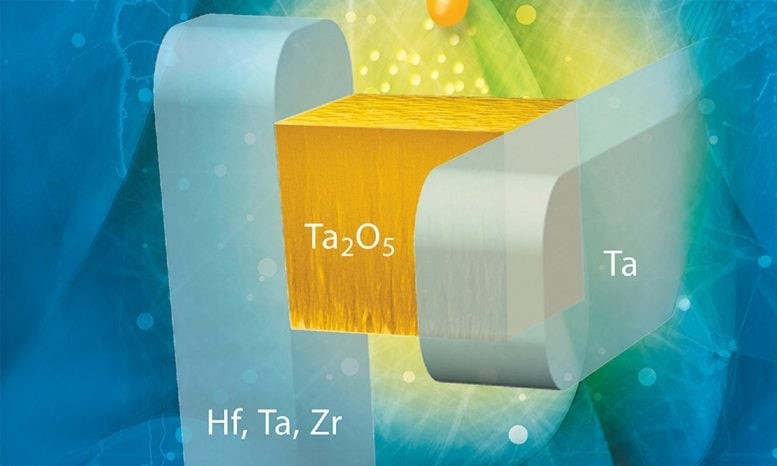What Is Chiplet Technology, And How Does It Impact AI Processing?
As artificial intelligence (AI) continues to advance, the need for faster and more efficient computing is rapidly increasing. One of the key innovations addressing this demand is chiplet technology. This revolutionary approach to chip design is reshaping AI processors by enhancing performance, scalability, and cost efficiency.
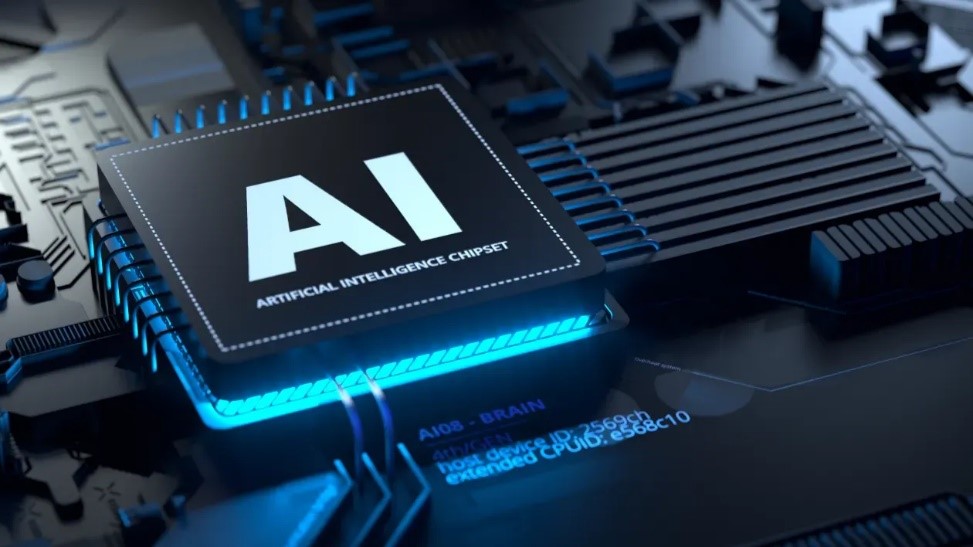
Figure 1. AI chiplet.
What is Chiplet Technology?
Chiplet technology is a modern method of designing and manufacturing computer chips. Instead of producing a single, large monolithic chip, manufacturers create smaller, specialized chiplets that are integrated into a unified processor. These chiplets communicate with one another, working together as a cohesive system.
Unlike traditional chip designs, where all components—such as the CPU, GPU, and memory—are built on a single silicon wafer, chiplets allow different functions to be assigned to separate modules. This enhances performance and efficiency [1]. Figure 1 shows AI chiplet.
How Chiplet Technology Works
Chiplet technology is based on a modular design, where various chiplets are interconnected through an advanced packaging system. The key elements of this approach include:
- Chiplet Integration – Individual chiplets, such as processing cores, memory controllers, and AI accelerators, are designed separately and assembled within a single processor package.
- High-Speed Interconnects – Cutting-edge technologies like UCIe (Universal Chiplet Interconnect Express) and TSV (Through-Silicon Via) enable ultra-fast data transfer between chiplets.
The Role of Chiplet Technology in AI Processing
Chiplet technology enables heterogeneous computing, allowing a mix of CPUs, GPUs, and AI accelerators within a single package for optimized performance.
Why Chiplet Technology Matters for AI
AI processing demands high computational power, fast data transfer, and energy efficiency. Chiplet technology addresses these challenges by offering:
- Enhanced Performance – Specialized chiplets improve overall AI processing efficiency.
- Scalability & Flexibility – Modular design allows manufacturers to mix and match chiplets for customized AI solutions.
- Cost Efficiency – Smaller silicon dies reduce manufacturing costs and improve yield rates.
- Energy Efficiency – Shorter data paths minimize power consumption and heat generation.
References
- https://www.rcrwireless.com/20250325/fundamentals/what-chiplet-technology
- https://www.synopsys.com/glossary/what-are-chiplets.html
Cite this article:
Keerthana S (2025), What Is Chiplet Technology, And How Does It Impact AI Processing, AnaTechMaz, pp.574



